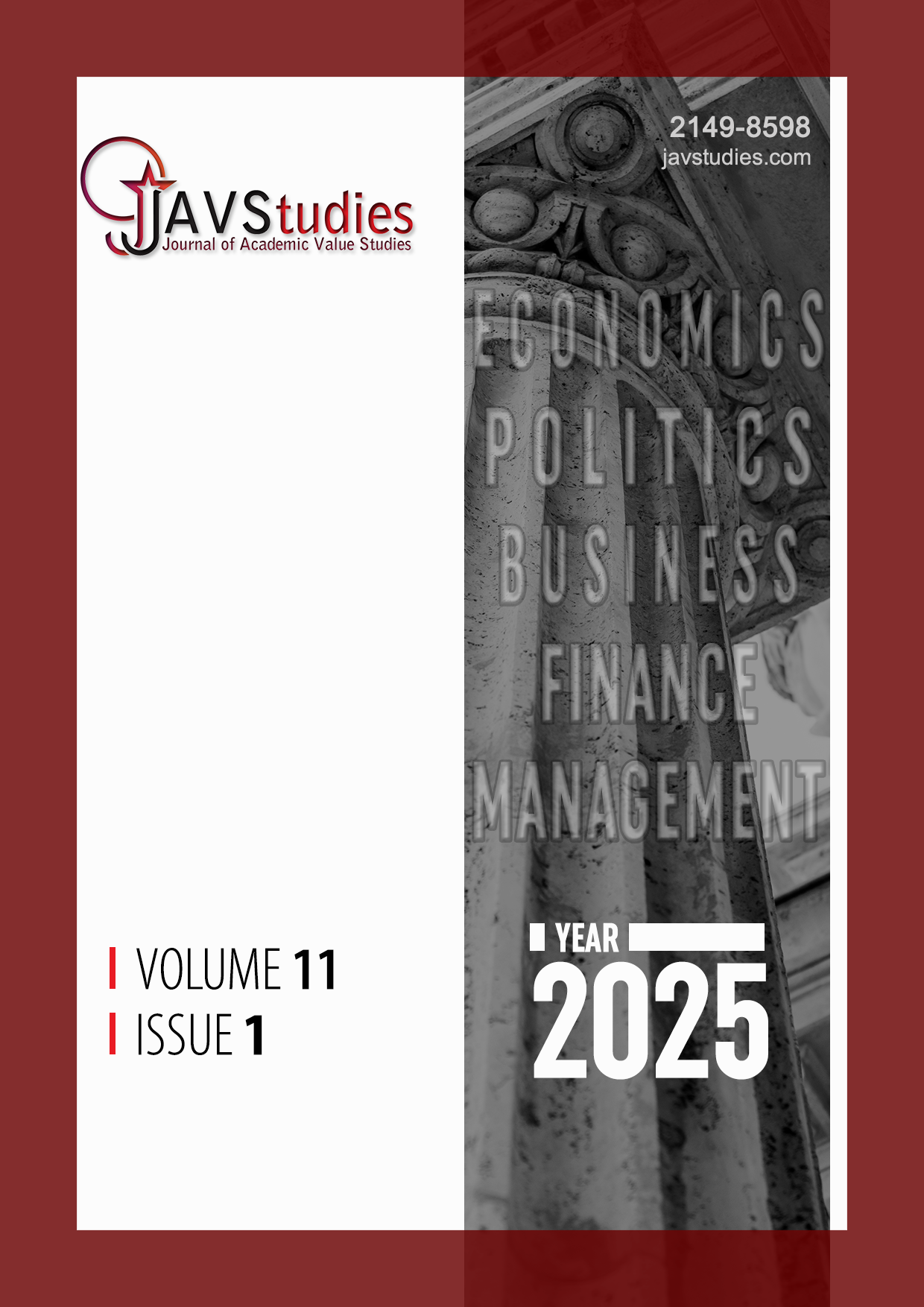Author :
Abstract
This study aims to analyze past trends in maritime transportation of crude oil and dry cargo and provide future projections. The research employs the Support Vector Regression (SVR) method. Data from the 1970–2021 period, sourced from UNCTAD, has been utilized to evaluate the future dynamics of maritime transport. The findings indicate that dry cargo transportation has grown steadily, driven by global trade expansion, industrial growth, and infrastructure development. The volume of dry cargo transported is expected to reach 9.695 billion tons by 2030. This growth underscores the need for increased infrastructure investments within the sector. In contrast, crude oil transportation has exhibited a stagnant trajectory due to transformations in energy markets and the widespread adoption of renewable energy sources. The transported volume of crude oil is projected to continue its downward trend through 2030. This trend highlights the necessity for flexible and innovative strategies in energy transportation. The study contributes to the development of sectoral strategies aligned with sustainability and operational efficiency goals in the maritime industry.
Keywords
Abstract
This study aims to analyze past trends in maritime transportation of crude oil and dry cargo and provide future projections. The research employs the Support Vector Regression (SVR) method. Data from the 1970–2021 period, sourced from UNCTAD, has been utilized to evaluate the future dynamics of maritime transport. The findings indicate that dry cargo transportation has grown steadily, driven by global trade expansion, industrial growth, and infrastructure development. The volume of dry cargo transported is expected to reach 9.695 billion tons by 2030. This growth underscores the need for increased infrastructure investments within the sector. In contrast, crude oil transportation has exhibited a stagnant trajectory due to transformations in energy markets and the widespread adoption of renewable energy sources. The transported volume of crude oil is projected to continue its downward trend through 2030. This trend highlights the necessity for flexible and innovative strategies in energy transportation. The study contributes to the development of sectoral strategies aligned with sustainability and operational efficiency goals in the maritime industry.





